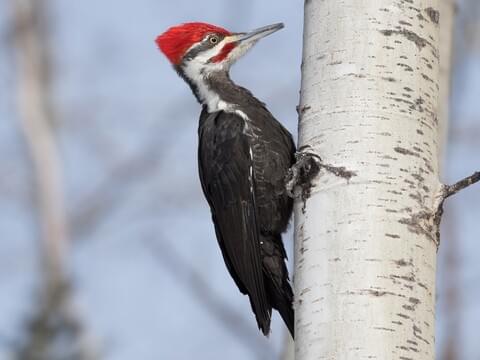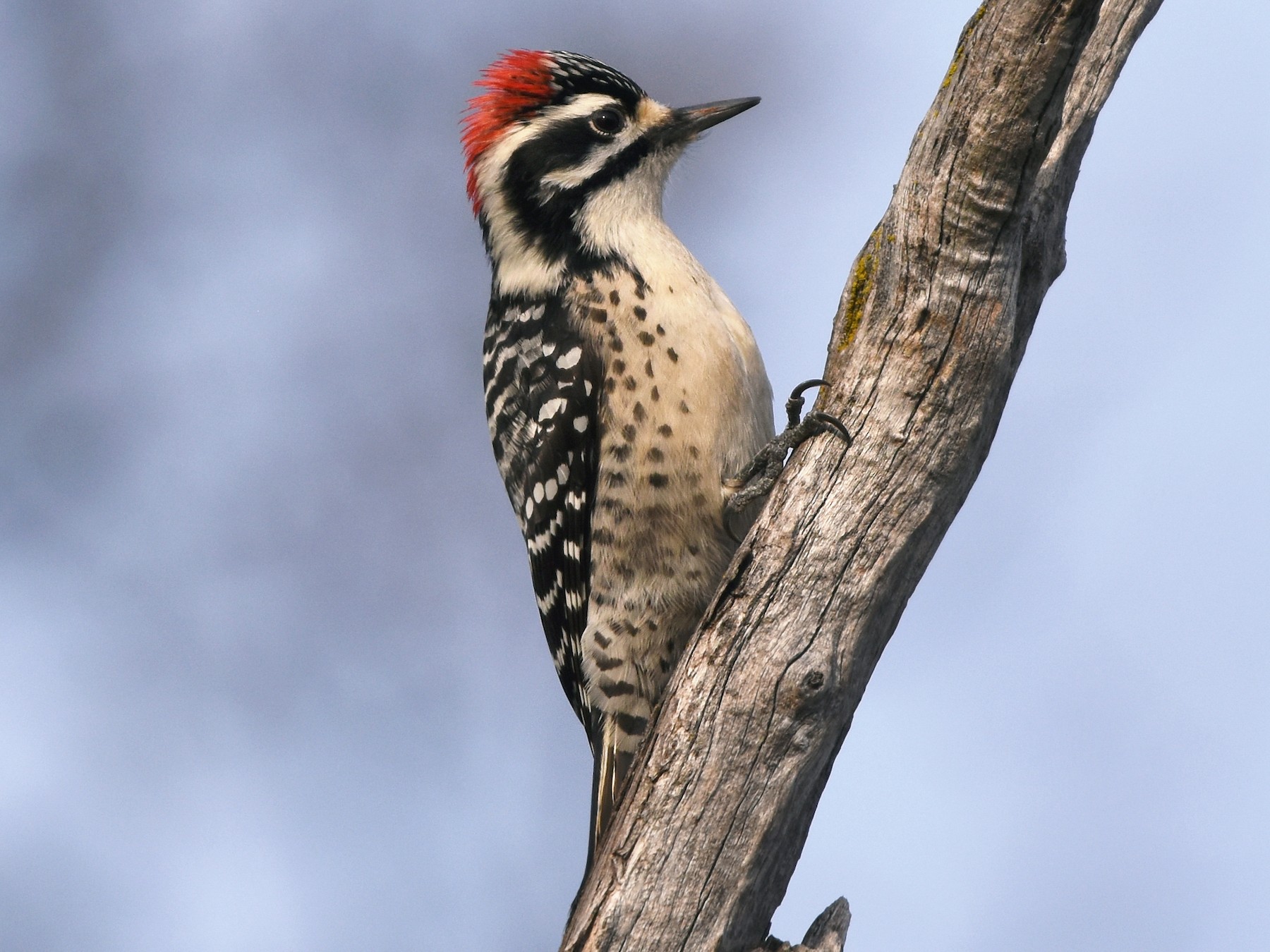Indigenous Woodpeckers in Florida: A Guide to Types and Behaviors
Indigenous Woodpeckers in Florida: A Guide to Types and Behaviors
Blog Article
Revealing the Tricks of Woodpeckers: Behavior, Habitat, and Much More
Woodpeckers, with their one-of-a-kind behaviors and specialized adjustments, have actually long amazed scientists and nature fanatics alike. These remarkable birds possess a series of intriguing secrets that clarified their survival approaches, environment preferences, and intricate interaction techniques. By uncovering the enigmas surrounding woodpeckers' habits and environment selections, a deeper understanding of these avian wonders arises, supplying a glance right into their fascinating globe. So, what makes these birds really remarkable, and how do they navigate their atmosphere with such accuracy and skill? Allow's check out the captivating world of woodpeckers and unwind the enigmatic information that make them such fascinating topics of research.
Woodpecker Actions Insights
In analyzing woodpecker behavior, a remarkable screen of specialized skills and adjustments arises, clarifying their exceptional environmental niche - Woodpeckers in Florida. Woodpeckers, known for their unique drumming on trees, have a variety of behavior attributes that add to their survival and success in their environment. One vital habits is their drumming, which offers multiple purposes such as communication, developing territory, drawing in mates, and situating food sources. This rhythmic pecking additionally showcases their remarkable stamina and endurance, as they can hammer away continually at high rates without creating injury to themselves.
Moreover, woodpeckers show a special feeding behavior defined by their ability to remove insects from tree bark utilizing their specialized beaks. Their lengthy, barbed tongues aid in recording prey, while their solid neck muscle mass provide security and accuracy throughout pecking movements. This feeding technique permits woodpeckers to gain access to concealed insect larvae and extract them with impressive effectiveness.
Environment Preferences and Option
What factors influence the habitat choices and selection of woodpeckers? One vital element influencing woodpecker environment option is the schedule of appropriate nesting sites. Woodpeckers commonly favor forests with a mix of mature trees that offer sufficient chances for tooth cavity excavation.
Additionally, woodpeckers show a preference for habitats with a plentiful supply of food sources. They are primarily insectivorous, eating beetles, ants, larvae, and other bugs discovered in rotting timber or tree bark. Woodpeckers have a tendency to favor woody areas with a varied insect population to meet their nutritional requirements.
Additionally, the presence of dead or rotting trees is an additional see this site key aspect in woodpecker habitat choice. These trees not only supply food sources but additionally offer appropriate substrate for cavity excavation. Dead trees are vital for the maintenance of healthy woodpecker populaces, as they play a crucial duty in the woodpeckers' life process and ecological community characteristics.
Feeding Routines and Diet Plan Composition
Woodpeckers show a specialized feeding actions concentrated on foraging for pests within various habitats. In enhancement to pests, woodpeckers likewise eat tree sap, fruits, nuts, and seeds, including range to their diet plan depending on the period and availability of food resources.
The foraging strategies of woodpeckers are well-adapted to their arboreal lifestyle. Woodpeckers play a crucial function in keeping the health and wellness of forests by managing insect populations and aiding in the decay of wood.
Drumming Appears and Interaction
Making use of rapid drumming sounds on numerous surface areas, woodpeckers utilize a distinct type of communication to signify area borders and bring in mates. This drumming behavior is not only a way of interaction however likewise functions as a means for woodpeckers to develop their existence within a certain location. The strength, speed, and pattern of the drumming can share crucial from this source info to other woodpeckers around.
Woodpeckers use drumming sounds to reveal their visibility in a region and to advise off possible intruders. The loud and recurring nature of the drumming works as a clear signal to various other woodpeckers that the area is already asserted. This aids in lowering conflicts and minimizing physical fights in between people.

Survival Adaptations and Specialized Makeup

Conclusion
To conclude, woodpeckers show one-of-a-kind habits, such as drumming sounds for communication, and have specialized makeup for survival in their selected habitats. Their feeding behaviors and diet plan composition additionally show their flexibility to different atmospheres. By understanding these elements of woodpeckers, scientists and preservationists can better safeguard and preserve these remarkable birds and their environments.
Report this page